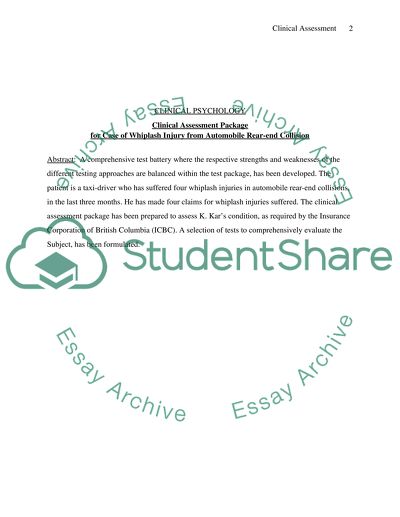Cite this document
(“Clinical Psychology Essay Example | Topics and Well Written Essays - 2500 words”, n.d.)
Clinical Psychology Essay Example | Topics and Well Written Essays - 2500 words. Retrieved from https://studentshare.org/psychology/1539318-clinical-psychology
Clinical Psychology Essay Example | Topics and Well Written Essays - 2500 words. Retrieved from https://studentshare.org/psychology/1539318-clinical-psychology
(Clinical Psychology Essay Example | Topics and Well Written Essays - 2500 Words)
Clinical Psychology Essay Example | Topics and Well Written Essays - 2500 Words. https://studentshare.org/psychology/1539318-clinical-psychology.
Clinical Psychology Essay Example | Topics and Well Written Essays - 2500 Words. https://studentshare.org/psychology/1539318-clinical-psychology.
“Clinical Psychology Essay Example | Topics and Well Written Essays - 2500 Words”, n.d. https://studentshare.org/psychology/1539318-clinical-psychology.


